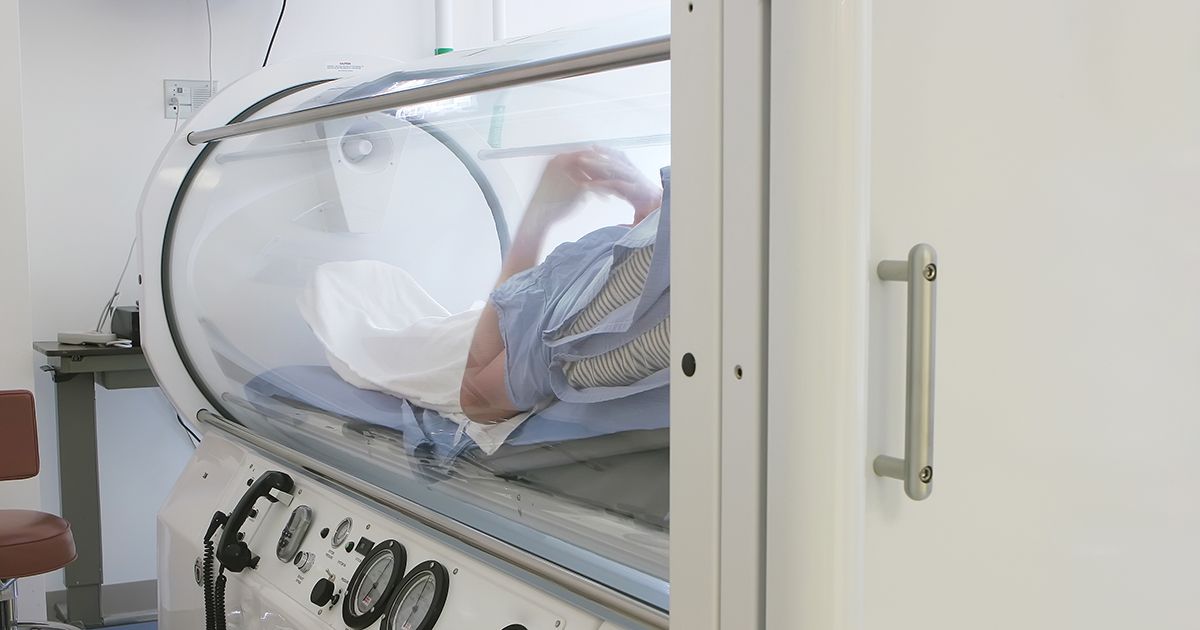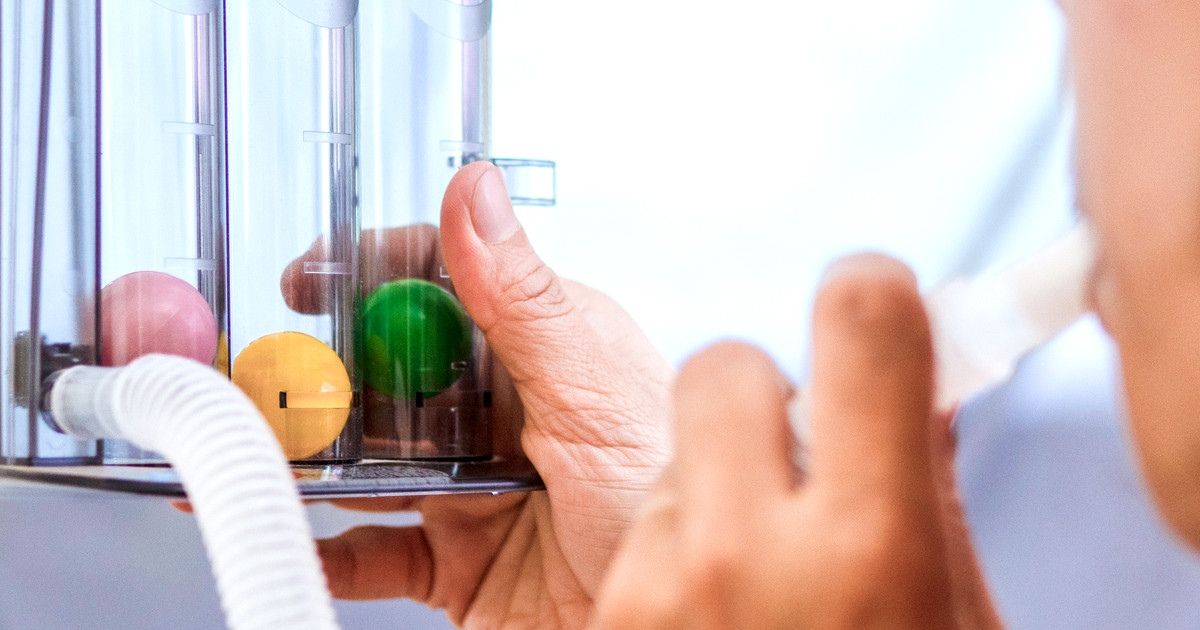Diagnostic Methods And Treatments For Idiopathic Pulmonary Fibrosis
Idiopathic primary fibrosis (IPF) is a progressive condition, considered a type of interstitial lung disease, characterized by lung tissue scarring. In the United States, approximately fifty thousand individuals have this condition. As the lung tissue scarring gets worse, the lungs lose their ability to function normally. The scarring typically begins at the lung edges and works its way in toward the center of the lungs. Initially, the scarring is usually mild, but over the years, the heavily scarred tissue can make it hard to breathe and oxygenate the body. There is no cure for this disabling disease, but there are some treatment options patients can explore with their doctors.
Learn about the treatment options as well as how idiopathic pulmonary fibrosis is diagnosed now.
Lung Function Tests
An individual who is suspected to have idiopathic pulmonary fibrosis may need to have lung function tests as part of their diagnosis process and to gauge the severity of their disease. Lung function tests are a series of evaluations that measure how well an individual's lungs are working. Spirometry is a basic test that measures the quantity of air that an individual's lungs can hold and how forcefully they can expel air from their lungs. A more precise form of spirometry that is used in the diagnosis of pulmonary fibrosis is lung volume testing. Exercise testing is a lung function test used in the diagnosis of many lung conditions and diseases where a patient exercises on a treadmill while numerous vital signs are monitored, including heart rate and oxygen levels. Lung function tests may be used during the treatment of idiopathic pulmonary fibrosis to evaluate how and at what rate the disease is progressing. The efficacy of different treatments can also be analyzed with the use of lung function tests in idiopathic pulmonary fibrosis patients.
Keep reading for information on treating idiopathic pulmonary fibrosis now.
Oxygen Therapy

Oxygen therapy is a common treatment since this condition makes it difficult for the body to absorb oxygen. The reduced oxygen levels can cause fatigue and shortness of breath. Supplemental oxygen makes up for the oxygen the lungs are not producing. Depending on the severity of the patient's idiopathic pulmonary fibrosis, some patients might require oxygen constantly, while others will only need it during sleep or exercise. The oxygen is typically delivered through a nasal cannula. Patients will be prescribed a specific amount and will set their oxygen tank to deliver oxygen at this level. A pulmonologist will evaluate a patient with idiopathic pulmonary fibrosis to determine if supplemental oxygen will be beneficial. Patients are typically re-evaluated every three to twelve months to determine if the supplemental oxygen level needs to be increased.
Keep reading for information on treating idiopathic pulmonary fibrosis with a form of rehabilitation now.
